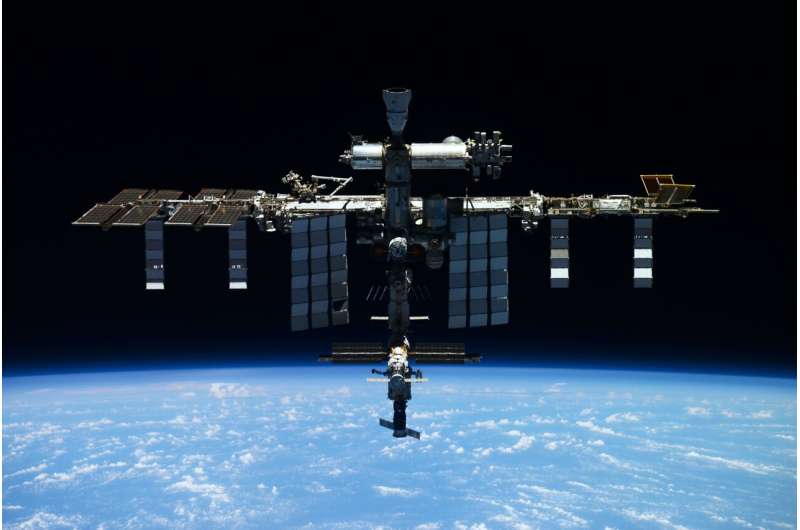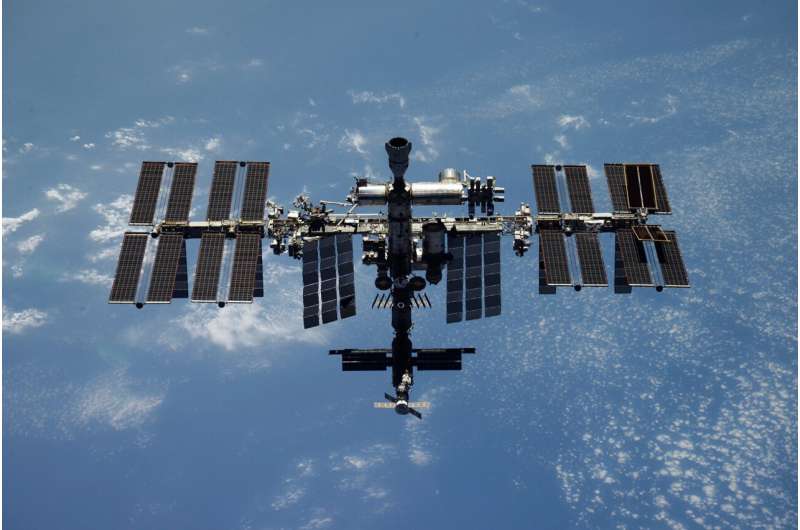Introduction
Decoding Roscosmos
Roscosmos, officially known as the State Corporation for Space Activities “Roscosmos,” is the governmental body responsible for the space science program of the Russian Federation and general aerospace research. This in-depth exploration aims to unravel the layers of Roscosmos, understanding its origins, objectives, key milestones, and the impact it has on the global space landscape. From its formation to its significant missions, this guide provides a comprehensive overview of Roscosmos.
1. Genesis of Roscosmos: Origins and Evolution
Historical Context: Roscosmos traces its roots back to the Soviet space program, which played a pioneering role in space exploration. The organization has evolved over the years, adapting to geopolitical changes and advancements in space technology.
Formalization as Roscosmos: The official establishment of Roscosmos occurred in 1992, following the dissolution of the Soviet Union. It took on the responsibility of overseeing the space activities that were previously managed by the Soviet space agency, Glavkosmos.
2. Objectives and Mission Spectrum
Core Objectives: Roscosmos is tasked with a multitude of objectives, including the development of space technologies, conducting scientific research, and advancing the nation’s space capabilities. Its mission spectrum encompasses human spaceflight, robotic exploration, satellite launches, and international collaborations.
Global Partnerships: Roscosmos actively engages in partnerships with various international space agencies, fostering collaboration in areas such as joint space missions, research initiatives, and the shared exploration of outer space.
3. Key Milestones and Iconic Missions
Lunar Exploration: Roscosmos has a rich history in lunar exploration, with achievements like the Luna program, which included the first human-made object to reach the Moon. Recent endeavors, like Luna-Glob and Luna-Resurs, continue the legacy of lunar exploration.
Manned Spaceflights: The Russian Soyuz spacecraft, a hallmark of Roscosmos’ human spaceflight program, has been pivotal in ferrying astronauts and cosmonauts to space stations. Collaboration with NASA on the International Space Station (ISS) exemplifies Roscosmos’ commitment to international space endeavors.
4. Step-by-Step Operational Dynamics
Step 1: Strategic Planning: Roscosmos begins its operational cycle with strategic planning, outlining objectives and prioritizing projects that align with the national space agenda.
Step 2: Research and Development: The corporation invests in extensive research and development to advance space technologies, ensuring innovation and competitiveness in the global space market.
Step 3: Launch and Mission Execution: Successful mission execution involves the launch of satellites, space probes, and crewed spacecraft using reliable launch vehicles like the Soyuz and Proton rockets.
5. Additional Information and Chart
International Collaborations: State Space Corporation Roscosmos collaborates with space agencies worldwide, including NASA, the European Space Agency (ESA), and the China National Space Administration (CNSA). This fosters knowledge exchange, resource sharing, and the collective advancement of space exploration.
Chart: Key Elements of State Space Corporation Roscosmoss Exploration
| Elements | Description |
|---|---|
| Genesis of Roscosmos | Origins and evolution from the Soviet space program |
| Objectives and Mission Spectrum | Core goals and diverse mission areas of Roscosmos |
| Key Milestones and Missions | Historical achievements and iconic missions |
| Step-by-Step Operational Dynamics | Operational cycle from planning to mission execution |
| Additional Information | Insights into international collaborations and partnerships |
| Chart | Summary of key elements for easy reference |
NASA said its specialists were assisting their Russian counterparts in the troubleshooting of the leak.
Following checks at Russian space factories and launch facilities and a close inspection of the cargo ship before it was dumped, Roscosmos concluded that the latest leak resulted from an “external impact” similar to the one that caused December’s leak from the Soyuz crew capsule. On Tuesday. Roscosmos posted a close shot of the Progress MS-21 showing a 12-millimeter (0.5-inch) hole in its external radiator, which it said hadn’t been spotted before.

After ruling out the manufacturing flaw, Roscosmos cleared the launch of a new Soyuz crew capsule that should replace the damaged one.
Russian Cosmonauts Sergey Prokopyev and Dmitri Petelin, and NASA astronaut Frank Rubio were supposed to ride the Soyuz they used to arrive at the station to return to Earth in March, but Russian space officials decided that higher temperatures resulting from the coolant leak could make it dangerous to use and it will return to Earth next month without a crew.
Roscosmos announced that the new Soyuz MS-23 capsule to replace it will be launched in automatic mode on Friday and dock at the station on Sunday.
Since it will travel in uncrewed mode to expedite the launch, a replacement crew will now have to wait until another Soyuz capsule is ready, meaning that Prokopyev, Petelin and Rubio will have to stay at the station until September, pushing their mission to close to a year.
NASA has said it took part in all the discussions and agreed with the plan.

Besides Prokopyev, Petelin and Rubio, the space station is home to NASA astronauts Nicole Mann and Josh Cassada; Russian Anna Kikina; and Japan’s Koichi Wakata. The four rode up on a SpaceX capsule last October.
Roscosmos also announced Tuesday that Russia will extend its participation in the International Space Station until 2028, reversing last year’s statement from Roscosmos chief Yuri Borisov who said that Russia was planning to leave the station after 2024 and to focus on building its own orbiting outpost.
The International Space Station, which has served as a symbol of post-Cold War international cooperation, is now one of the last remaining areas of cooperation between Russia and the West amid the tensions over Moscow’s military action in Ukraine.
NASA and its partners hope to continue operating the International Space Station until 2030.
Conclusion
Roscosmos – Navigating the Cosmic Frontier
Roscosmos stands as a stalwart in the field of space exploration, carrying forward a legacy of pioneering achievements from the Soviet era. Its multifaceted approach, spanning lunar exploration to manned spaceflights, showcases a commitment to pushing the boundaries of human knowledge. As Roscosmos continues to navigate the cosmic frontier, its collaborations and contributions ensure that it remains a key player in the ever-evolving landscape of global space exploration.
